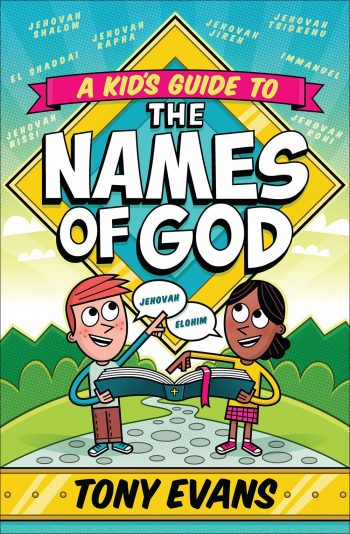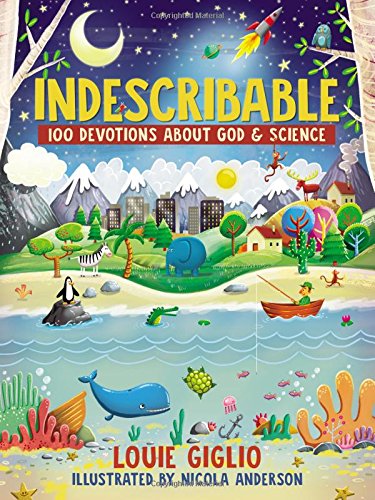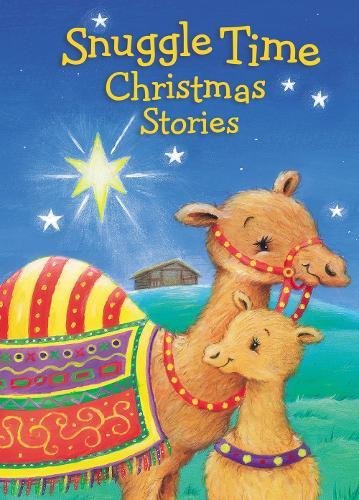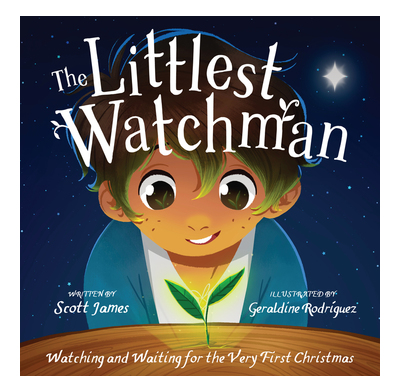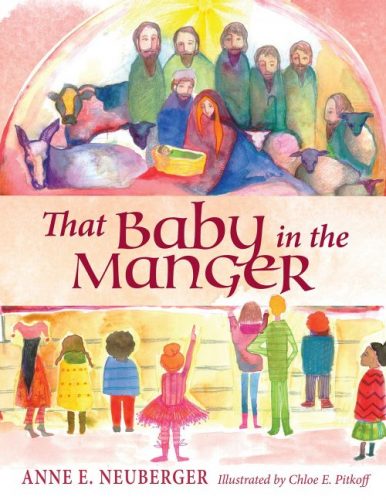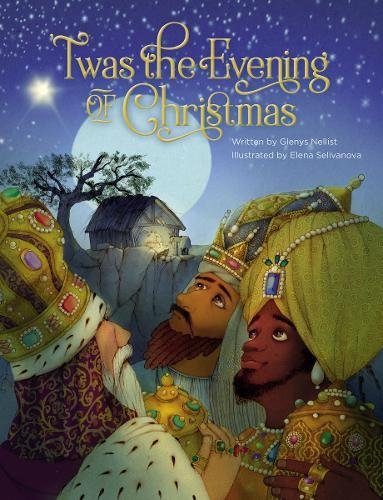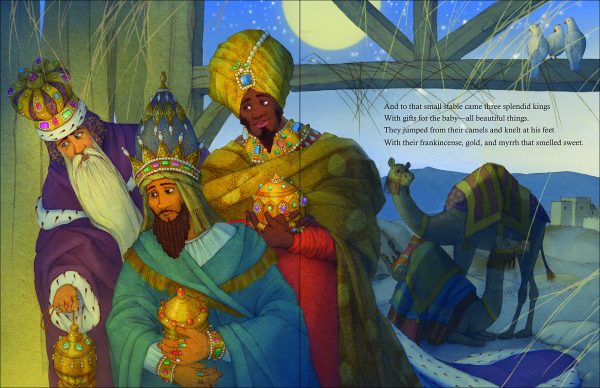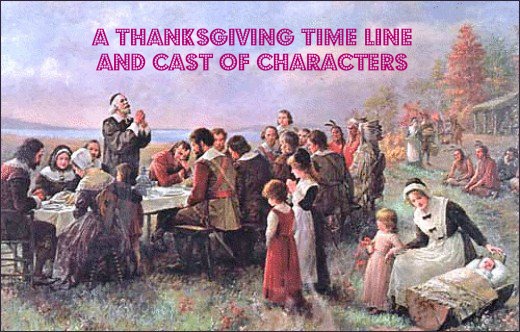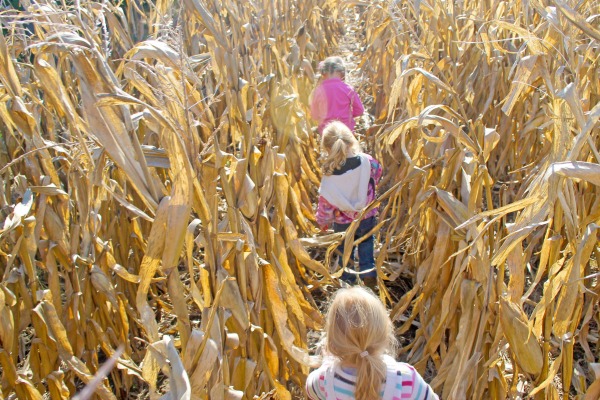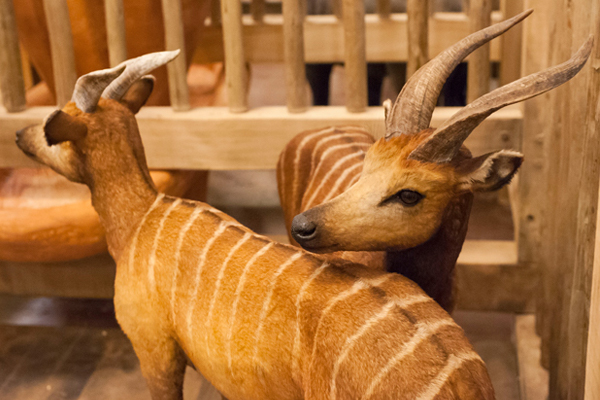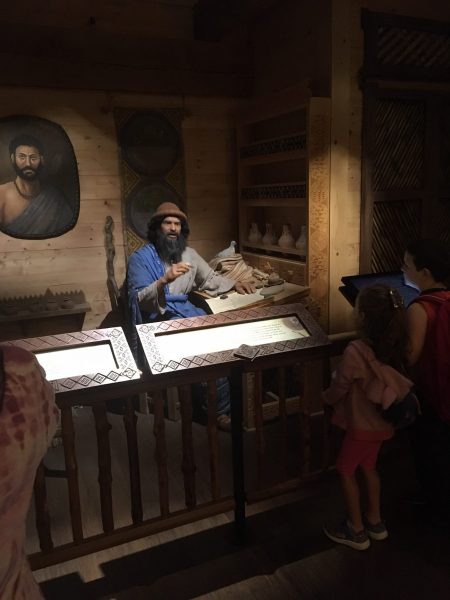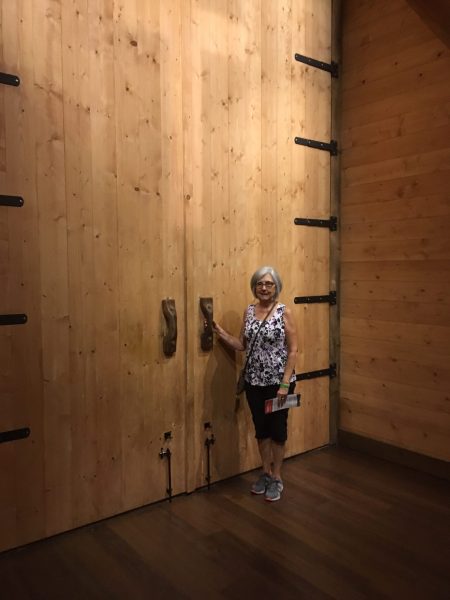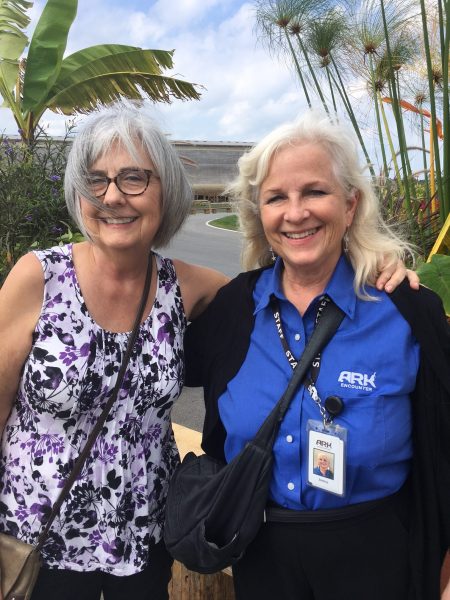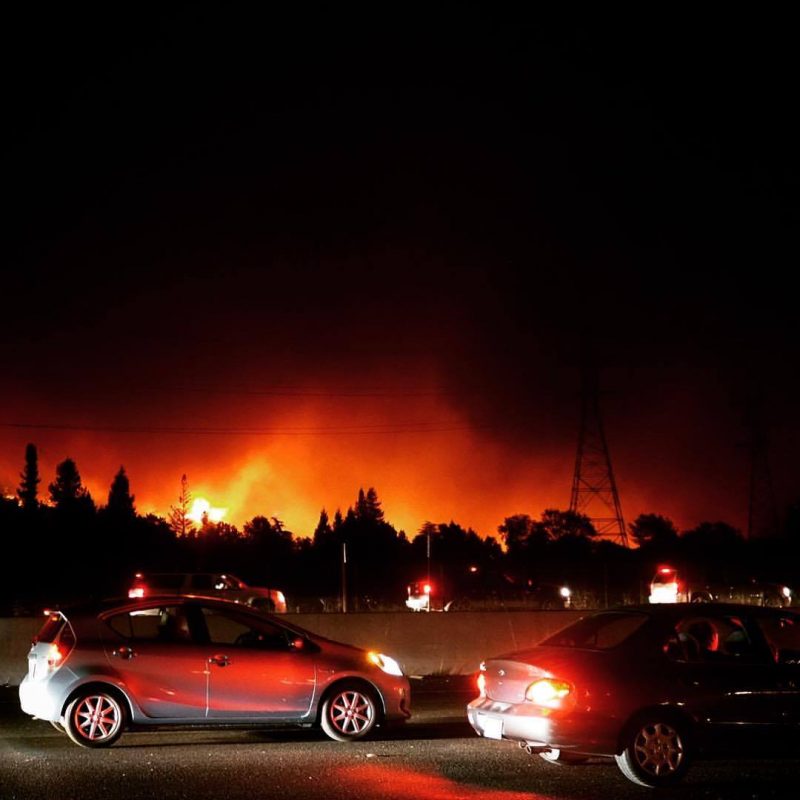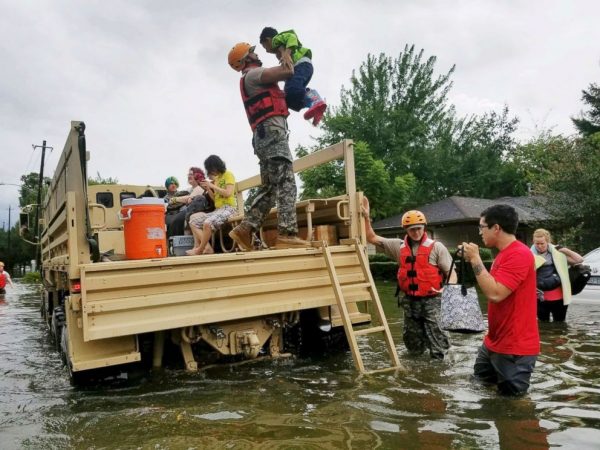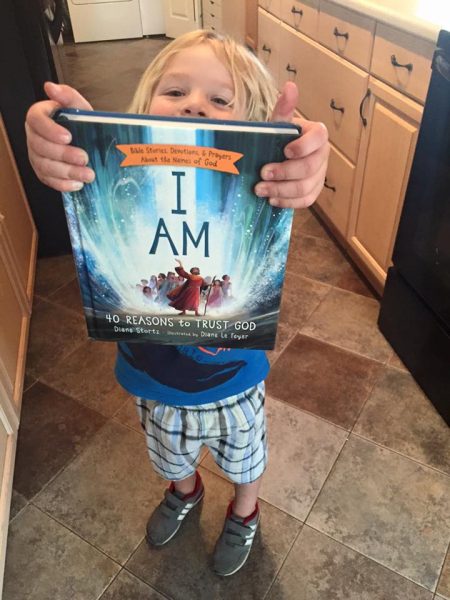 While I was deep in finishing up a new preschool devotional, my editor and I were also going over the final proofs of a Bible storybook for toddlers.
While I was deep in finishing up a new preschool devotional, my editor and I were also going over the final proofs of a Bible storybook for toddlers.
On the third time through the proofs, she discovered a simple factual error that we had all missed previously, a question of who made a particular statement.
ACK! Writers and editors alike hate it when that happens. But at least we caught and fixed the error before the book went to the printer.
I had to look back through other books I’ve written, of course. The story is in two other books. Right in one, wrong in the other.
Hurray for reprints!
This episode got me thinking about the importance of handling biblical details carefully. I have always believed this matters. Why teach children—or adults, for that matter—something they’ll need to unlearn later? And didn’t God preserve the details he thinks are important for a reason? Why would I want to change or ignore them?
The challenge for me as a children’s writer is to be true to the details of Bible events while still communicating to children the real message of the event. It’s not always easy to do.
Sometimes details must be left out.
If you’re two or three or even five, the point of the story of Noah’s ark is that God kept the people and animals safe and dry in the ark, not that everyone else outside the ark perished.
Sometimes details can be included but not in a too-specific way for children.
I can say that Joseph was thrown in prison after getting in trouble for something he didn’t do, for example, not because Potiphar’s wife accused him of attempted rape. And it doesn’t matter how many pairs of clean and unclean animals went into the ark—“pairs of every kind” will do just fine.
Sometimes details must be combined.
The Bible has more than one account of some events, sometimes with slightly different details in each. (Which makes sense, because eyewitnesses never all see things the same way, and writers of all kinds include and leave out details according to their purpose for writing.)
Your turn—a quiz for you
We’ve often heard a Bible story told a certain way so many times that we believe all the details are true even when they’re not. For me as a writer, at least, it pays to check. But if you’d like to test your knowledge too, here’s a little 12-point quiz.
1. Adam and Eve disobeyed God by eating an apple from the tree of life. True or false?
2. Noah closed the door of the ark when everyone and all the animals were inside. True or false?
3. David fought Goliath when he was still a young boy. True or false?
4. God sent a whale to swallow Jonah. True or false?
5. Mary rode a donkey from Nazareth to Bethlehem. True or false?
6. Angels in the sky sang praises on the night Jesus was born. True or false?
7. The wise men followed the new star to Jerusalem. True or false?
8. The star led the wise men as they journeyed from Jerusalem to Bethlehem. True or false?
9. The wise men found Jesus in the Bethlehem stable soon after his birth. True or false?
10. A boy brought his lunch to Jesus for the feeding of the five thousand. True or false?
11. How many angels did the women at Jesus’ tomb encounter—1 or 2?
12. When some of the disciples had fished all night without catching anything, who recognized the man standing on the shore calling to them, Peter or John?
Let me know how you do. But I’m not going to give you the answers. Instead, I’ll encourage you to do some fact checking on your own. Enjoy!



